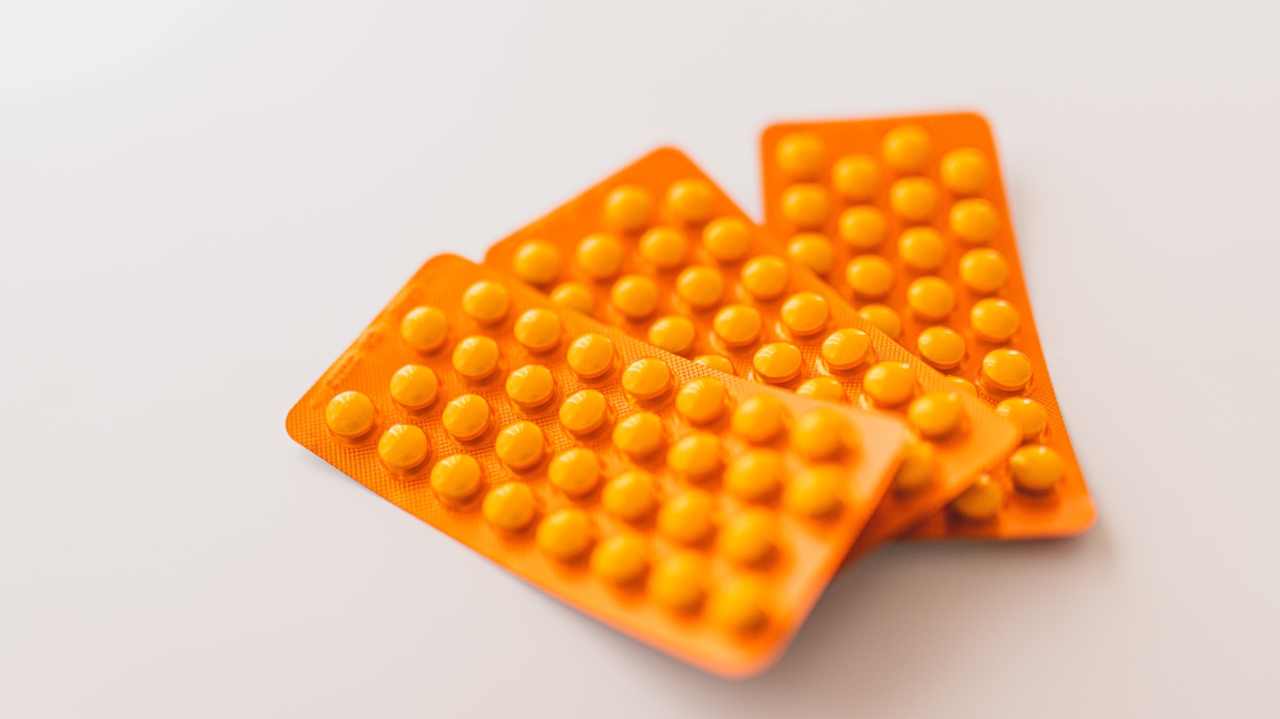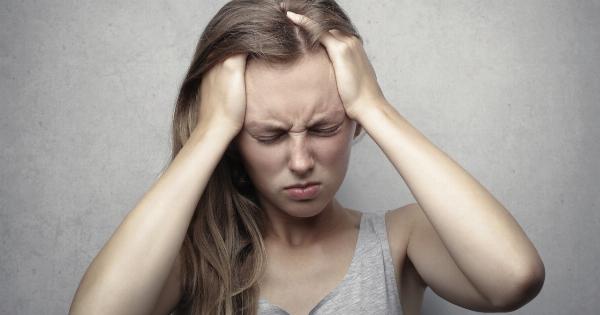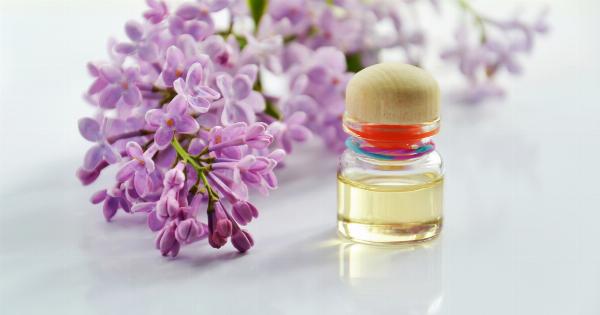Headaches can be a real nuisance, affecting our ability to concentrate, work, and enjoy our day-to-day activities. While over-the-counter painkillers may seem like the obvious solution, they often come with unwanted side effects.
Fortunately, there are natural and drug-free alternatives to relieve headache pain. In this article, we will explore some of these methods and help you find relief without relying on medications.
Understanding headaches
Before we delve into headache relief techniques, it’s essential to understand what causes these painful episodes. Headaches can stem from various factors, including:.
- Tension and stress
- Migraines
- Sinus congestion
- Dehydration
- Eye strain
- Posture-related issues
- Food sensitivities or triggers
Identifying the underlying cause of your headaches can help guide you towards the most effective relief methods. In some cases, a combination of factors may contribute to headache pain.
1. Rest and relaxation
If stress and tension are the culprits behind your headaches, finding ways to relax and unwind can provide significant relief. Consider incorporating the following practices into your routine:.
- Deep breathing exercises
- Meditation and mindfulness
- Yoga or gentle stretching
- Warm baths or showers
- Listening to calming music
- Engaging in hobbies or activities you enjoy
Remember, everyone is different, so find what works best for you. Taking time for rest and relaxation can help alleviate stress and minimize the frequency and intensity of headaches.
2. Apply heat or cold
Applying heat or cold to the affected area can provide localized relief and help reduce headache pain. Experiment with both methods to see which works best for you. Here’s how to use heat or cold therapy:.
Heat therapy:.
- Place a warm towel or heating pad on your forehead or the back of your neck
- Take a warm shower or bath
- Sip on a hot drink like herbal tea or warm water with lemon
Cold therapy:.
- Apply a cold pack or ice wrapped in a towel to your forehead or temples
- Soothe your temples by placing a cold cloth on them
- Sip on a cold drink like iced water or a chilled smoothie
Remember to use a barrier (such as a towel) between any ice or cold pack and your skin to prevent ice burn or discomfort.
3. Stay hydrated
Dehydration is a common trigger for headaches, so be sure to drink enough water throughout the day. Aim for the recommended daily intake of eight glasses (about 2 liters) or more if you live in a hot climate or engage in physical activity.
Remember that not all fluids are created equal, and some beverages may actually contribute to dehydration, such as alcoholic and caffeinated drinks.
Opt for water, herbal tea, or natural fruit-infused water to stay hydrated and avoid exacerbating your headache.
4. Practice good posture
Poor posture can place unnecessary strain on your neck, shoulders, and head, leading to tension headaches. Follow these tips to help improve your posture:.
- Sit up straight with your shoulders relaxed
- Adjust your computer screen to eye level
- Use a supportive chair and sit with your feet flat on the floor
- Take regular breaks and stretch your neck and shoulders
Simple adjustments to your sitting and standing positions can make a significant difference in reducing headache frequency caused by poor posture.
5. Limit screen time
Many of us spend a considerable amount of time in front of screens, whether it’s for work or leisure. Prolonged screen time can strain our eyes and contribute to headaches. To reduce the impact of screen-related headaches, consider the following:.
- Take regular breaks to rest your eyes and focus on objects in the distance
- Adjust your screen brightness and contrast to a comfortable level
- Use an anti-glare screen protector
- Ensure your screen is at eye level and positioned at a comfortable distance
By minimizing eye strain, you may be able to prevent or alleviate headaches associated with excessive screen time.
6. Explore natural remedies
Natural remedies have been used for centuries to relieve headache pain. While their effectiveness varies from person to person, some options you can explore include:.
- Acupressure or acupuncture
- Aromatherapy with essential oils like lavender or peppermint
- Herbal supplements like feverfew or butterbur (consult with a healthcare professional before use)
- Relaxation techniques like progressive muscle relaxation or biofeedback
Remember to consult with a qualified professional before trying any new herbal supplements or alternative therapies, as they may interact with medications or have contraindications.
7. Manage your diet
Food sensitivities or triggers can contribute to the onset of headaches, especially migraines. Keep a food diary to identify potential culprits and try eliminating them from your diet to see if it reduces headache frequency. Common food triggers include:.
- Caffeine
- Chocolate
- Cheese
- Alcohol
- Processed meats
- Artificial sweeteners
- Citrus fruits
By identifying and avoiding your specific trigger foods, you may experience a significant reduction in the frequency and severity of your headaches.
8. Get regular exercise
Engaging in regular physical activity has numerous benefits, including stress reduction and improved blood circulation. Both of these factors can help prevent and relieve headaches.
Aim for at least 150 minutes of moderate-intensity exercise per week, such as brisk walking, cycling, or swimming.
Remember to start gradually if you’re new to exercise and consult a healthcare professional if you have any underlying health conditions.
9. Practice good sleep hygiene
A lack of quality sleep or disrupted sleep patterns can trigger headaches or make them worse. Establish good sleep hygiene habits to promote restful sleep and reduce the likelihood of headaches:.
- Maintain a consistent sleep schedule, even on weekends
- Create a soothing bedtime routine
- Avoid stimulating activities or screens before bed
- Keep your bedroom cool, dark, and quiet
- Invest in a comfortable pillow and mattress
By prioritizing sleep and creating a sleep-friendly environment, you can minimize the occurrence of headaches caused by sleep disturbances.
10. Seek professional help
If your headaches persist or significantly impact your quality of life, it’s crucial to seek professional help.
A healthcare provider or headache specialist can assess your condition, provide an accurate diagnosis, and recommend appropriate treatment options. They may suggest non-drug therapies like nerve blocks, Botox injections, or neurostimulation devices.
Remember that everyone’s headaches are unique, so don’t hesitate to reach out for expert advice tailored to your specific needs.
Conclusion
Headaches can disrupt our daily lives, but there are many drug-free techniques to alleviate their impact.
By exploring natural and non-pharmacological methods, such as relaxation techniques, heat or cold therapy, good posture, and managing triggers, you can find relief without relying on medications. Remember to listen to your body, stay hydrated, and seek professional guidance if needed. With a holistic approach, you can take charge of your headache relief journey and improve your overall well-being.


























